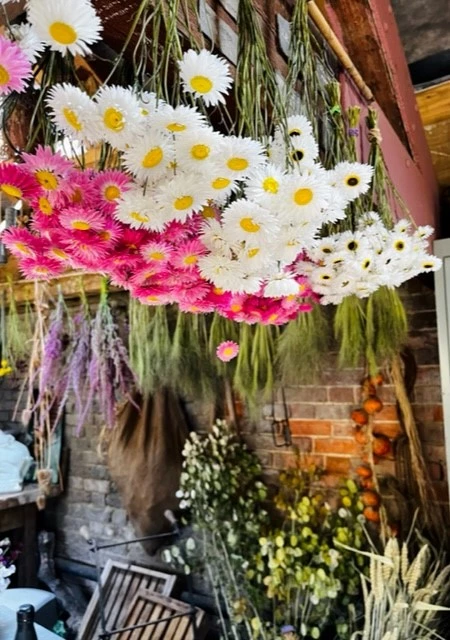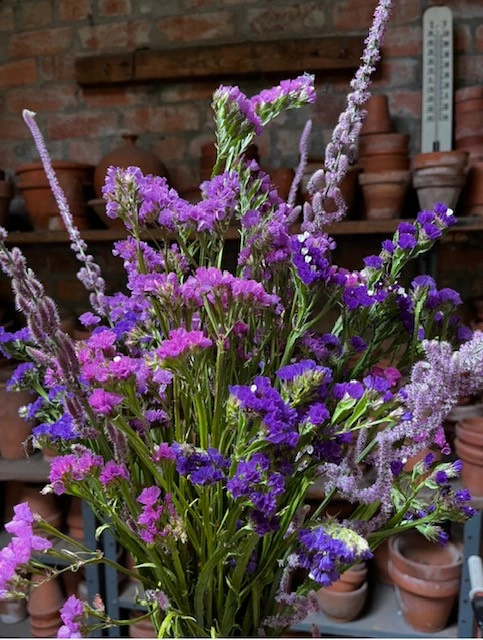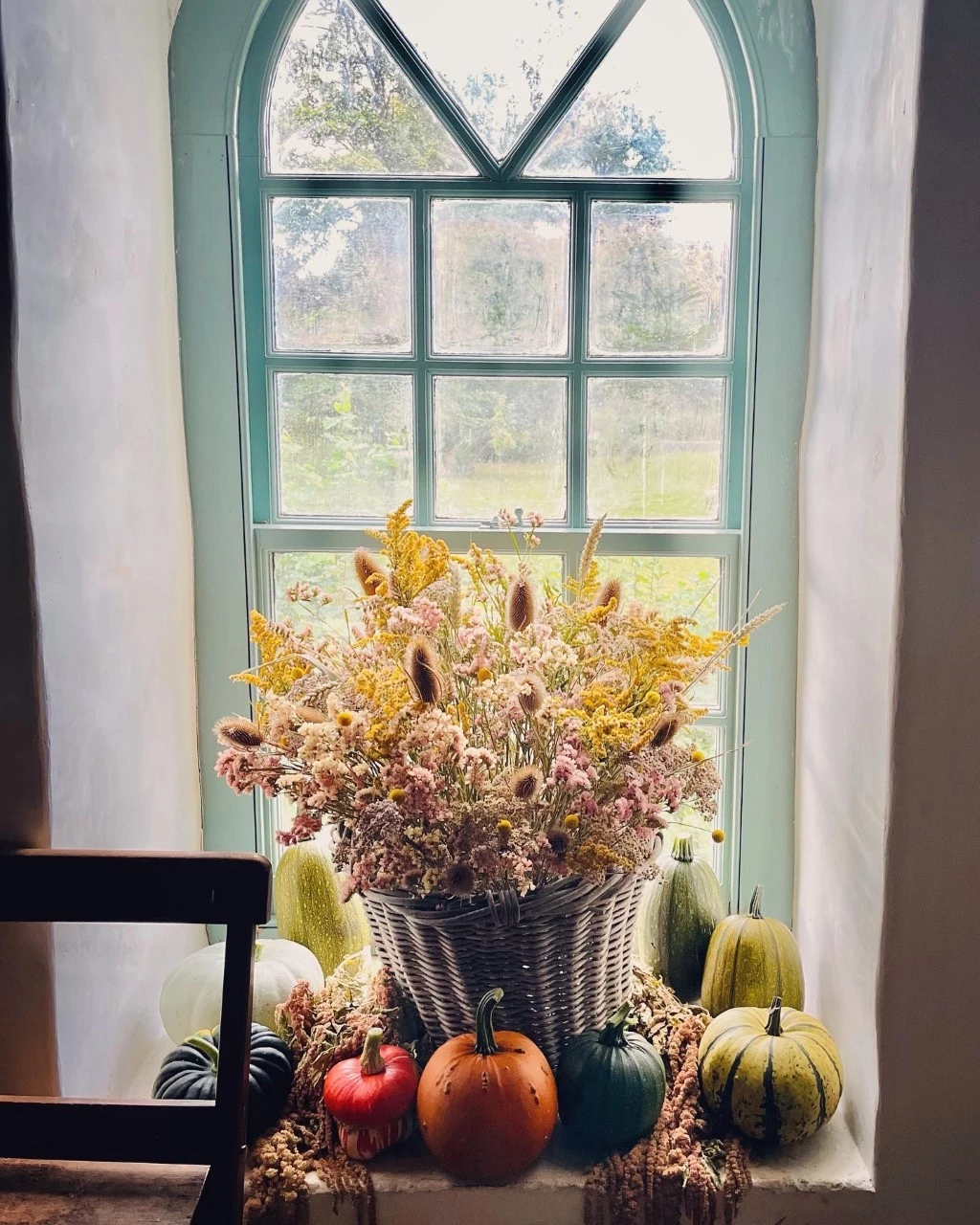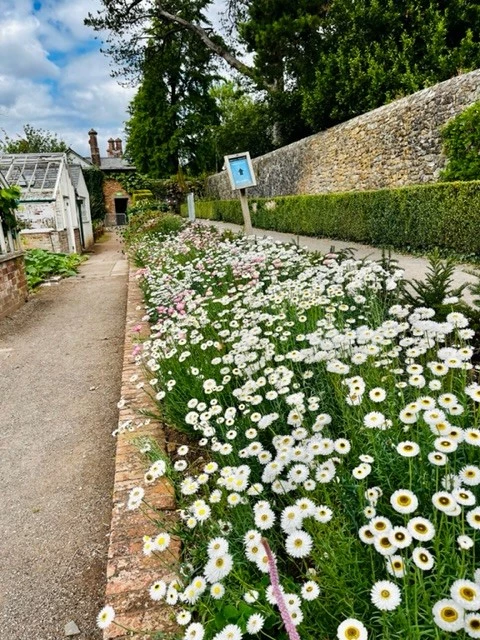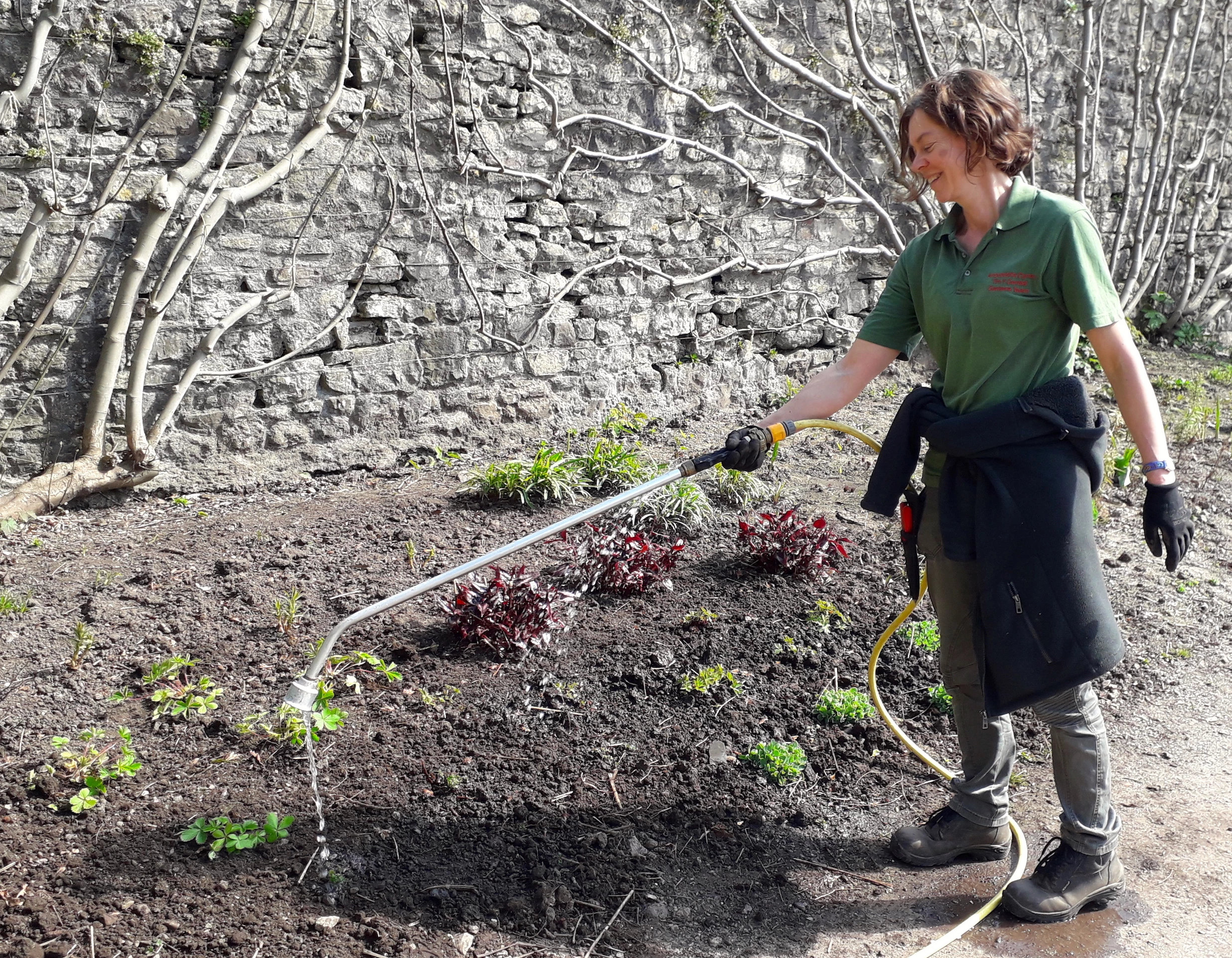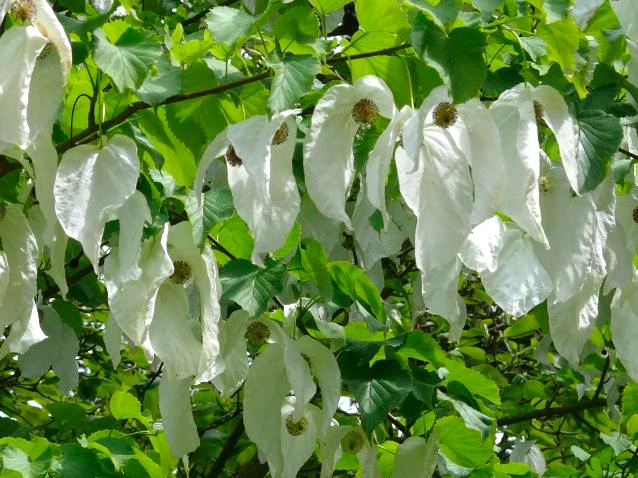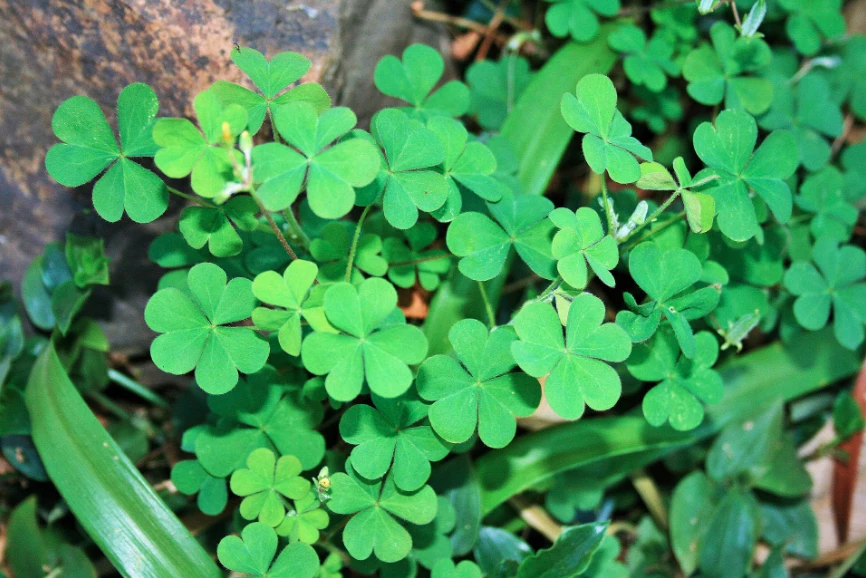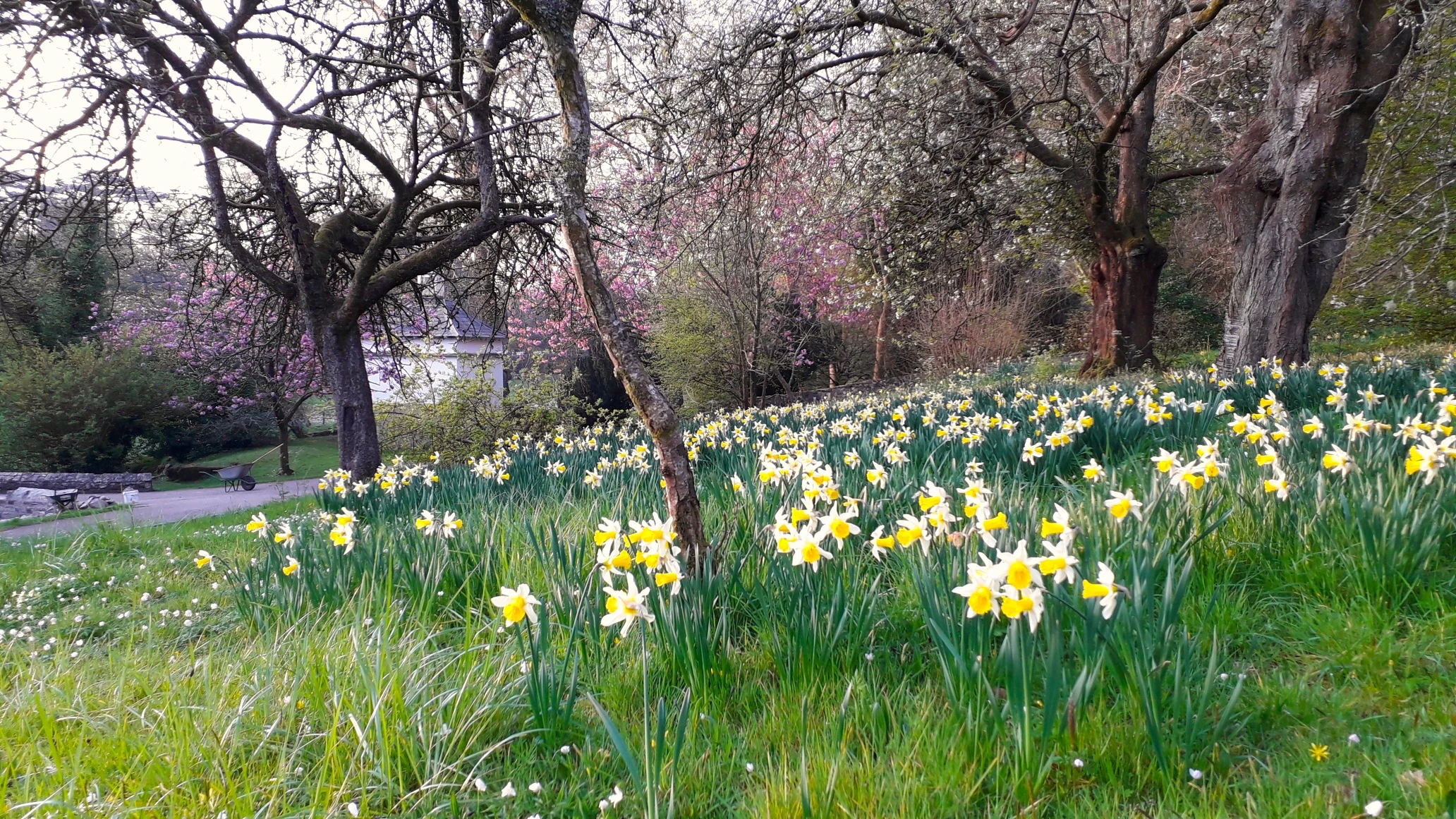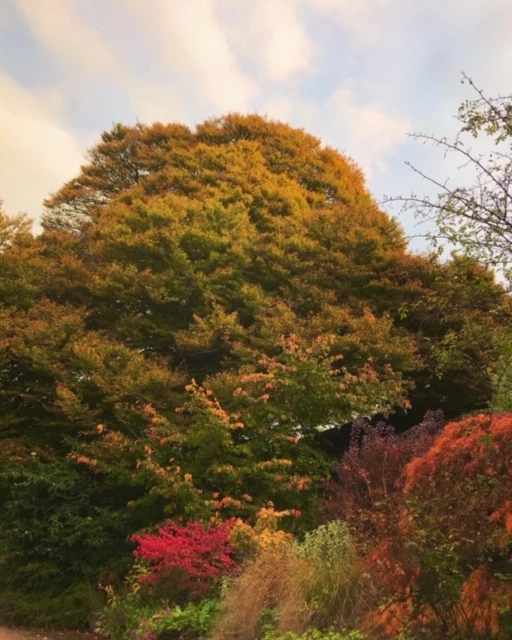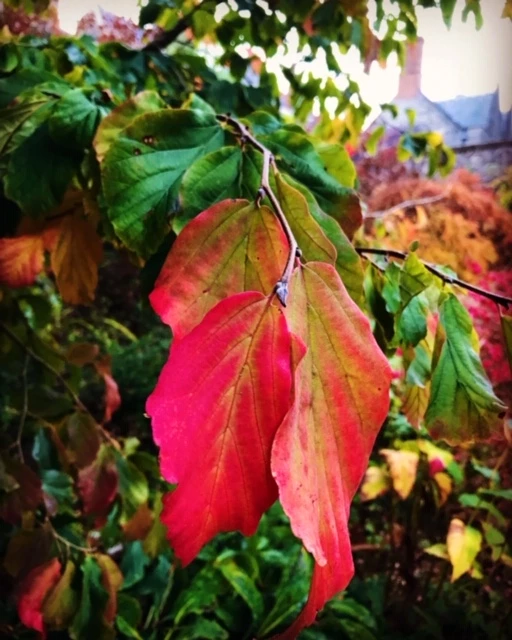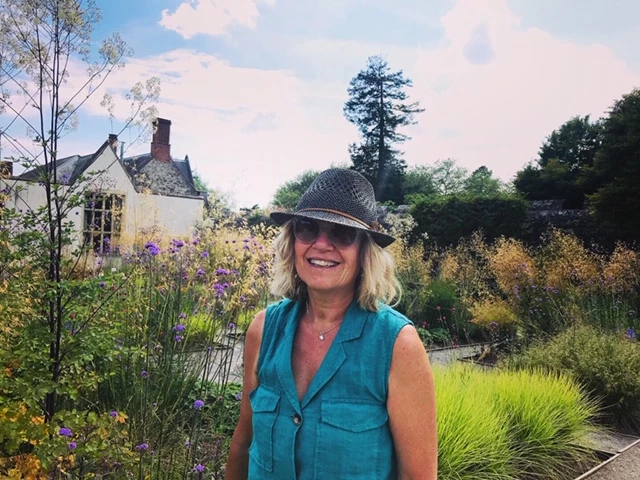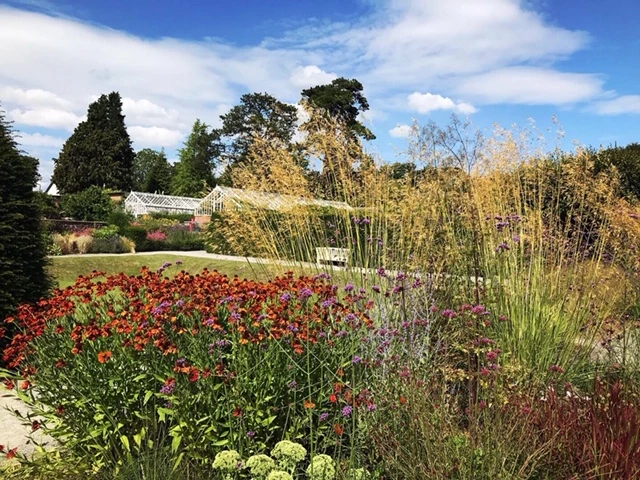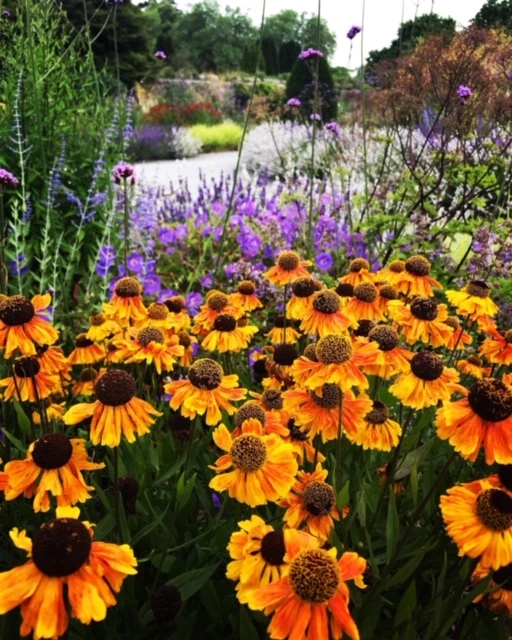Everlasting flowers in St. Fagans
, 1 Medi 2022
The act of drying flowers dates back to ancient times. In the past flowers and herbs were dried and utilised for decorative, medicinal and culinary purposes. In Medieval times they were used to repel insects and even conceal unpleasant odours. Drying flowers became a popular hobby and preservation method in the Victorian period in England. For thousands of years flowers have had a symbolic meaning in rituals, passages, religious activities and artistic expression. Dried flowers are now more fashionable than ever due to their everlasting beauty and convenience.
This year thousands of flowers were grown in the gardens of St. Fagans for the purpose of drying. They have been naturally air-dried and beautiful flower arrangements were created by our garden trainees. These are now available to purchase in the Museum store.
Besides their outstanding and long-lasting beauty dried flower arrangements offer many advantages. They can be used in weddings as bouquets, buttonholes, corsages and centrepieces. Because they are dried, they do not require water. They can be bought months in advance and stored with ease, releasing the pressure of having to care for fresh flowers on the big day. They can also be kept and preserved as memories of such a special day.
They are perfect for home decoration or gifting. You can create permanent floral arrangements that will enhance your home without the need to buy fresh flowers every week. Did you know that imported fresh flowers can have 10 times the carbon footprint of flowers grown in the UK? Imported cut flowers are flown thousands of miles in refrigerated airplane holds. When grown in colder climates they need heated greenhouses which generate higher carbon dioxide emissions. Not to mention the use of pesticides and fertilizers used in the production of perfect blooms. Fresh roses in February? Not so rosy for our planet.
The cut flowers grown in St. Fagans gardens have been grown from seeds sown in April in our unheated greenhouses. They were planted outside in May when the weather was warming up and have been growing happily and healthily producing beautiful blooms throughout Summer. No pesticides, fertilizers or harmful chemicals were used in this process. Besides being grown sustainably the flowers also provide a source of nectar for pollinators including bees and butterflies. It is always a great joy to admire the hive of activity in our cut flower bed.
The flowers are harvested in dry weather when they are partially or fully open. Excess foliage is removed, small bunches of flowers are tied together and hung upside down on bamboo canes or strings in a dark and dry area with good air circulation. The flowers are left to dry for two to three weeks until completely dry. Floral arrangements including bouquets, posies, buttonholes, corsages, floral crowns and wreaths can be created with dried flowers.
There is a vast number of plants that can be dried and used in floral arrangements. Drying flowers such as lavender and hydrangeas or grasses such as Stipa gigantea and Pampas grass is a great way to get started. The stars of our cut flower garden this year are: Limonium sinuatum, Craspedia globosa, Helipterum roseum, Achillea millefolium ‘Cassis’, Limonium suworowii ‘Rat Tail’ and the soft grass Panicum elegans ‘Sprinkles’.
If you are coming to St. Fagans National Museum of History, please visit our magnificent gardens and take a look at the beautiful floral arrangements available in the Museum shop.
